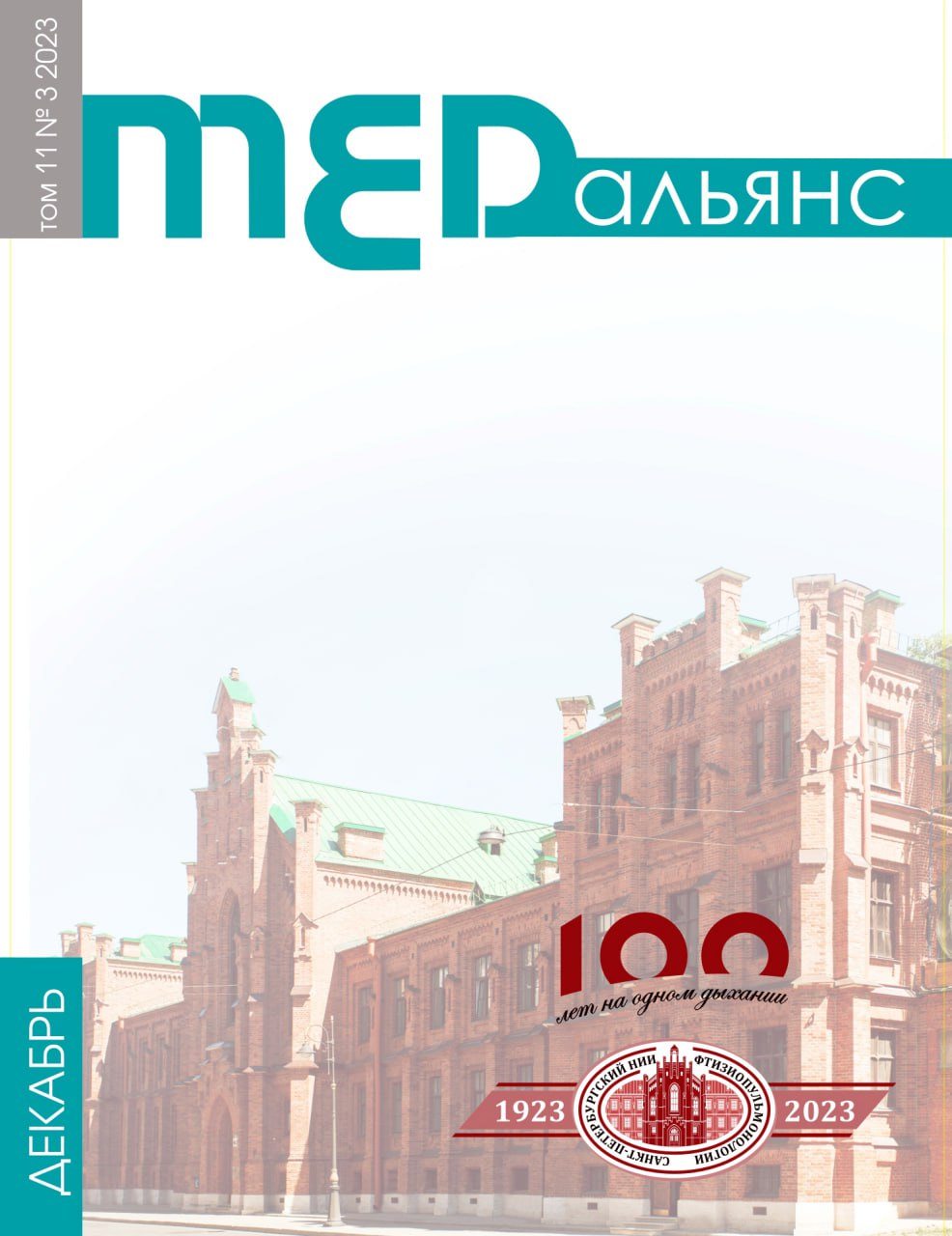Abstract
Analysis of the structure and clinical manifestations of tumor and infectious pathology of the cervical spine in children. Design. Retrospective-prospective single-center cohort. Materials and methods. Data from 101 patients with a median age at the time of treatment of 7 years (min 11 months, max 17 years) were analyzed. Clinical, X-ray, CT, MRI and radioisotope research methods were used. The most common complaint was pain with an intensity of 5 (3.5–7) points on a visual analogue scale. Paresis and paralysis were noted in 14.9% of patients. The median duration of the diagnostic pause in the cohort was 3 (2–8) months. The structure of the established pathology: infectious spondylitis — 59.4%, non-bacterial spondylitis — 4.0%, tumors — 36.6%. The pathogen was verified in 31.7% of infectious cases. The tuberculous spondylitis is characterized by a large number of affected vertebrae (Me=4) in comparison with nonspecific spondylitis (Me=1) and tumors (Me=1). The prevalence of the destructive process does not correlate with the duration of the diagnostic pause. A weak relationship was noted between the levels of lesions of the cervical spine and the etiology of the process. Conclusion. Analysis of a single-center cohort demonstrates the etiological diversity of destructive lesions of the cervical spine in children, the absence of pathognomonic symptoms that can allow early diagnosis as well as the absence of vigilance of primary care physicians in relation to this pathology.

